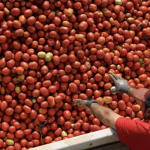New Catchment Collective Drives Positive Change in Tararua
Added 5 months ago
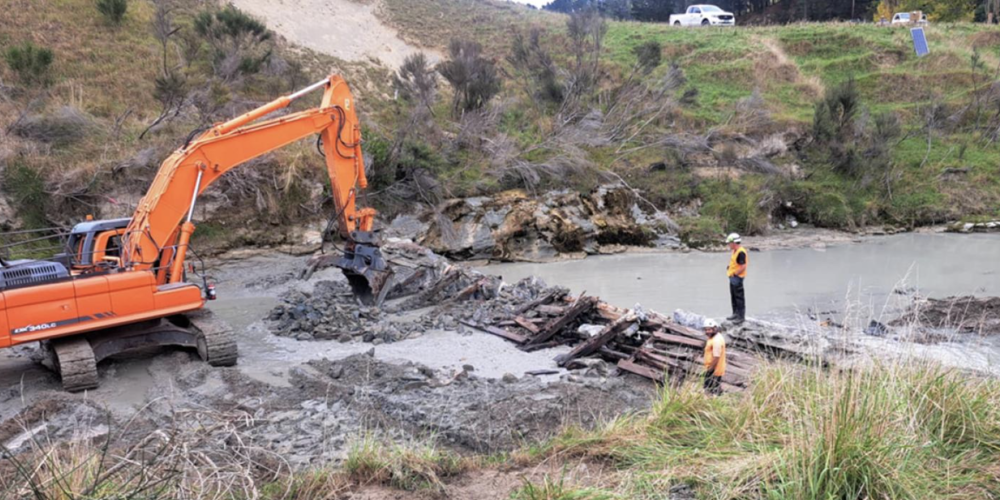
A newly formed community initiative, the Puketoi to the Pacific Catchment Collective (PPCC), is making a meaningful impact across the Tararua district. As one of the latest catchment groups established in the North Island, PPCC is focused on building both environmental and economic resilience for future generations.
The catchment spans 118,000 hectares, encompassing the headwaters of the Puketoi Range and the Akitio, Owahanga, and Wainui Rivers, which flow eastward to the Pacific Ocean. The region is home to traditional sheep and beef hill country farms, many of which prioritise high-quality breeding.
PPCC brings together four local catchment groups, Upper Akitio, Lower Akitio, Owahanga, and Wainui, each led by a local farmer. Since launching in mid-2024, the group has hit the ground running, with a core focus on improving river health. Key priorities include enhancing fish passage, undertaking water quality testing, and building a strong foundation of environmental data for the region.
Until recently, there was little recorded data on freshwater quality across the catchment. Today, monthly testing is underway at eight river sites, helping to establish a much-needed baseline for ongoing monitoring.
PPCC chair Simon Hales says the lack of local data and representation was a driving force behind the group’s formation.
The PPCC also sees the collective as a tool to strengthen the social fabric of the area. In a district where population is declining, the group aims to bring people together and support the rural businesses that underpin the community. Technology, innovation, and future-focused farming are at the heart of this vision.
One of the group’s early wins was supporting the removal of the historic rabbit weir at Waione in collaboration with Horizons Regional Council. Built in the 1880s as part of the Southern Hawke’s Bay Rabbit Fence, the weir had long blocked fish movement. Its removal has now opened up 440km of river habitat for native species like tuna (longfin eel), common bully, redfin bully, and introduced trout.
PPCC is also working with CarbonCrop to map existing native forest, identify opportunities for new planting, and explore eligibility for the Emissions Trading Scheme (ETS). This approach supports long-term sustainability and adds diversification opportunities for local farming operations.
The group is also investing in future generations by funding an Enviroschools co-ordinator and working closely with local schools, Pongaroa and Weber—who are part of the Enviroschools programme.
Beef + Lamb New Zealand (B+LNZ) supports initiatives like PPCC and provides a range of resources for catchment community groups through its Knowledge Hub.
Join the conversation
Be the first to leave a comment.
Leave a comment
All comments are reviewed before they are published on the website. Your email address will not be published.
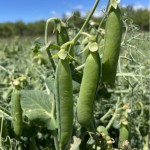
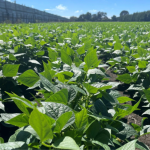

Community Engagement and Knowledge Sharing Strengthen the Carbon Positive Project
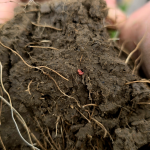
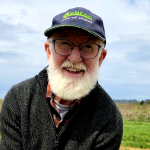
Farewell to Trustee Phil Schofield – A Foundational Leader of the HBFFCT
